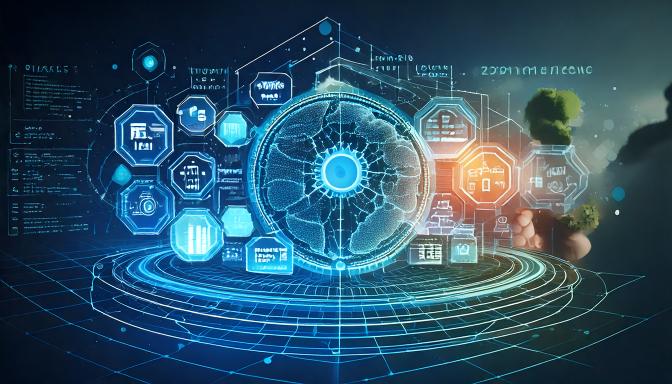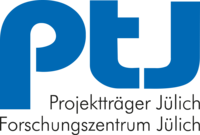
GoProZero: Design of integrated product creation systems as an enabler for zero emissions
The climate crisis and current geopolitical and social crises are considered as key and decisive challenges for politics, society and the economy. Under increasing regulatory pressure, companies are striving to reduce emissions and the use of resources along their value chains. While internal company emissions are often well known, there is a lack of information on upstream and downstream activities. Investigating the downstream is particularly difficult, as emissions are generated outside the company's direct sphere of influence - through the products in the field. This means that the operation of products must be much more resource-efficient in the future. Therefore, it is essential to prioritize a sustainable and resource-efficient orientation during the product development process. In addition to the efficient operation of products, another key approach has particular potential in terms of reducing emissions and conserving resources: the Circular Economy. In the context of the Circular Economy, product creation takes on an expanded dimension, as the focus is not only on the functionality and cost-effectiveness of the product, but also on its entire life cycle - from its creation to the end of its useful life and beyond. The Circular Economy requires a re-think in product development, from linear to circular value creation: product design must harmoniously combine durability, resource-efficient design, modularity, reparability and recycling-friendly design.
The GoProZero project lays focus on the synergetic interaction of digitalization and sustainability (“dual transformation”) in the design and operation of resource-efficient, recyclable products. However, companies are usually not located on an untouched meadow; existing business models, organizational structures and processes must be taken into account and adapted when designing and operating resource-efficient circular products. There is therefore an urgent need to align engineering with the circular economy and resource-efficient operation. In order to enable companies to address the identified need for action, the aim of the project is to develop a system for the development of circular and resource-efficient products using digital technologies. The goal can be detailed through six sub-goals: (1) Creation of a concerted engineering paradigm: This means that the key levers for the design are identified and brought together. (2) Shaping engineering management: This involves designing and changing engineering processes and organization as well as adapting to new business models and value creation structures. (3) Development of methods and tools for model-based design, analysis and evaluation: These should enable companies to develop and validate their products according to specific specifications for the circular economy and efficient operation. (4) Designing holistic lifecycle data management: This sub-goal serves to bring together and make available all relevant data for sustainability and engineering (e.g. via a digital twin). (5) Support through AI-supported engineering tools: Engineering and sustainability data are used to support decision-making processes (e.g. in design) with AI. (6) Comprehensive transfer and validation: In order to prove the effectiveness of the results, the results are presented beyond the project consortium.
The project consortium consists of six research institutes, a technology network and eight corporate partners. In the project, inIT is mainly involved in the development of lifecycle data management as well as in the implementation of the project results with the partners CLASS and DENIOS SE.


